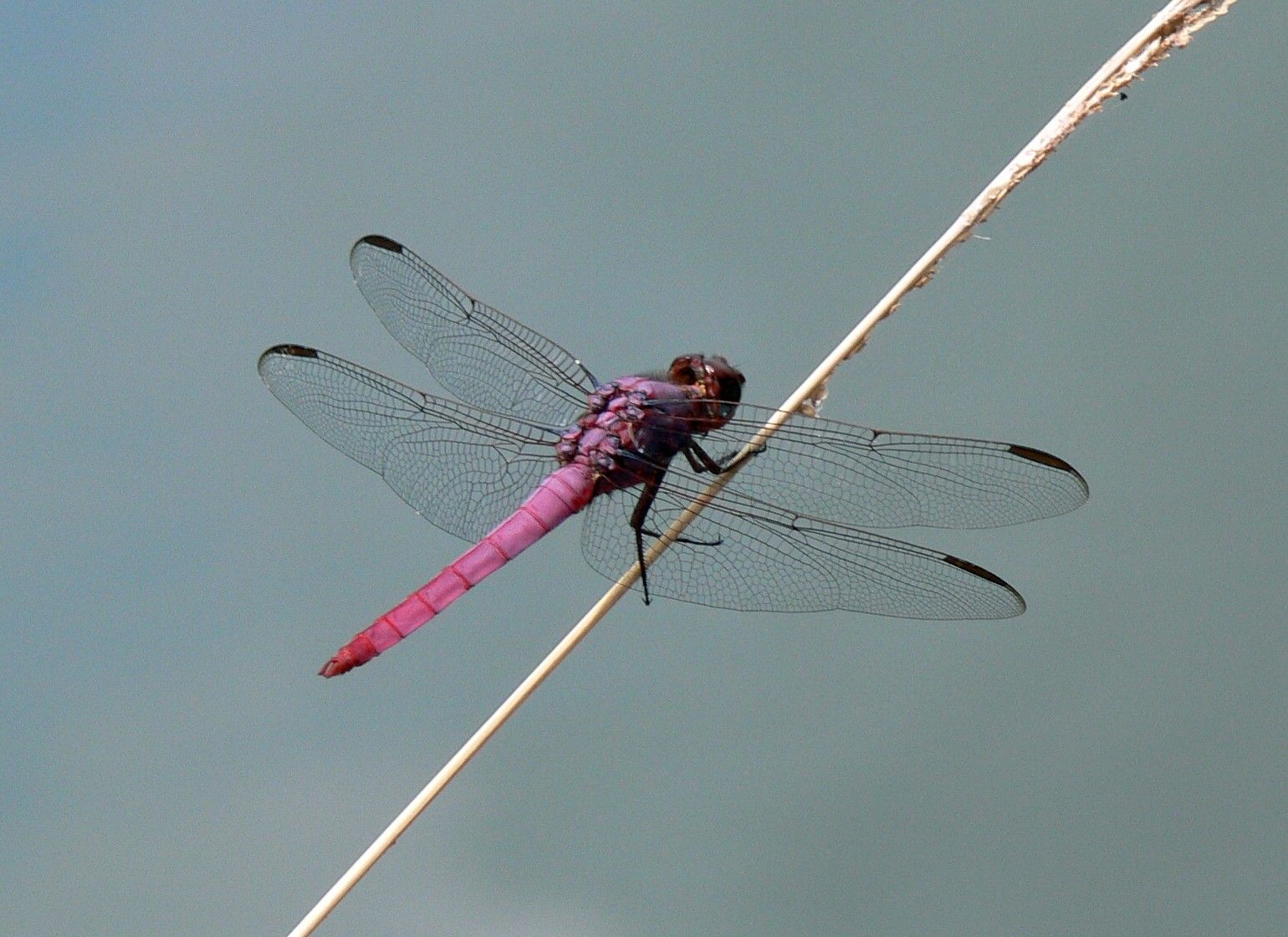Managing Natural Areas
Ephemeral wetlands are temporary wetlands that hold water for part of the year. These wetlands may be shallow impoundments, ditches or low spots in the forest. They are critically important for a variety of wildlife species like wood ducks, rusty blackbirds and many wading bird species.
These are productive habitats for breeding amphibians such as bullfrogs, leopard frogs, newts and mole salamanders. Adult amphibians lay eggs in the water that develop into aquatic larvae. The larvae undergo metamorphosis and transform into adult forms before the pond dries. Because the wetlands dry annually, predatory fish such as bass and bream do not survive. However, mosquito fish (Gambusia), which eat larval mosquitoes, are usually present.
Ephemeral wetlands, like Spring Island’s Treefrog Pond and Dragonfly Pond, may be home to a variety of interesting dragonfly and damselfly species, including comet darners, roseate skimmers, Needham’s skimmers and many others. These important predaceous insects feed on a variety of pest species like mosquitoes, deer flies and horseflies, so providing suitable habitat for them is a great benefit.
The Duck Ponds are a group of fields in the center of the Island that are flooded by using a series of ditches and dikes. They were constructed over 50 years ago to attract waterfowl for hunting. Although duck hunting no longer occurs on Spring Island, these fields are still flooded annually to provide wildlife habitat.
The Duck Ponds are shallow by design, typically less than 12 inches deep. The shallow water provides great foraging habitat for wading birds, such as herons, egrets and wood storks, as well as for wood ducks. The ditches surrounding the fields are several feet deep and provide important breeding habitat for amphibians.
Chicken turtles, a species of interest and concern throughout the southeastern United States, also depend on these ditches as habitat. These unusual, long-necked turtles feed on crayfish and insect larvae and are a welcome addition to the Island.
Wood duck boxes, scattered around the ditches, are monitored and maintained by Spring Island residents. Wood ducks nest in these boxes from late winter through early summer. Other animals, such as screech owls, also use the boxes for shelter.
The fields are typically flooded in November using rainwater that is supplemented by a well. They are drained in the spring or summer after the wood duck chicks have fledged. Once the fields are dry, the vegetation is burned, mowed or disked to set back the successional process. This stimulates the growth of native plants that produce seeds for wood ducks and vegetation that supports insect life.

Copyright © Spring Island Trust
40 Mobley Oaks Ln. · Okatie, SC 29909 · 843-987-7008
Site by Sans Sheriff Studio




